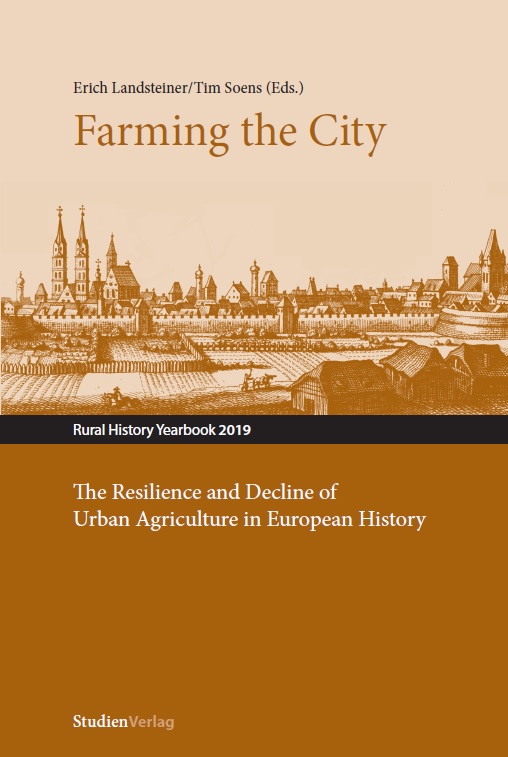Two Experiences of Urban Agriculture in Medieval Piedmont
A Comparison of Chieri and Novara (Twelfth and Thirteenth Centuries)
DOI:
https://doi.org/10.25365/rhy-2019-3Keywords:
Chieri, Novara, Piedmont, Middle Ages, urban structure, urban agricultureAbstract
The main line of investigation that led to the comparison of a proto-city such as Chieri with Novara was the discovery that urban agriculture was influenced by the city’s network and relationship with the environment. The arid clay soils around Chieri and the scarcity of water pushed it towards specialised production of wine for markets and the creation of areas inside the city for the processing of agricultural products. In contrast, the Roman urban model of Novara and the character of its surrounding countryside facilitated the development of vegetable gardens and peri-urban crops. Two different urban structures and two different territories generated two diverse forms of urban agriculture.
Downloads
Issue
Section
Special Issue Articles


